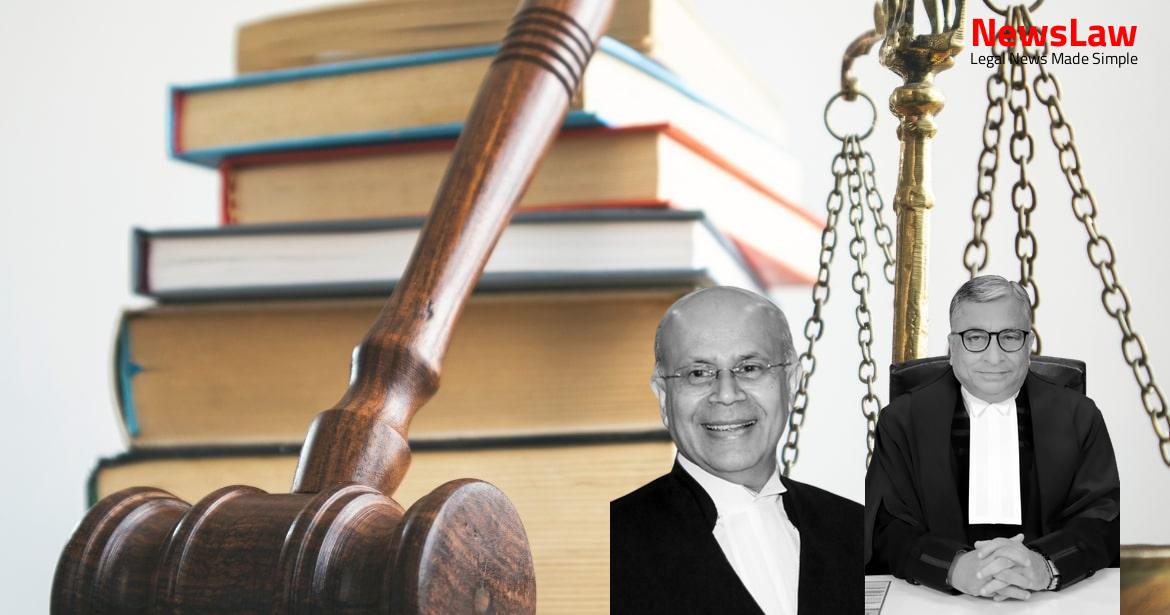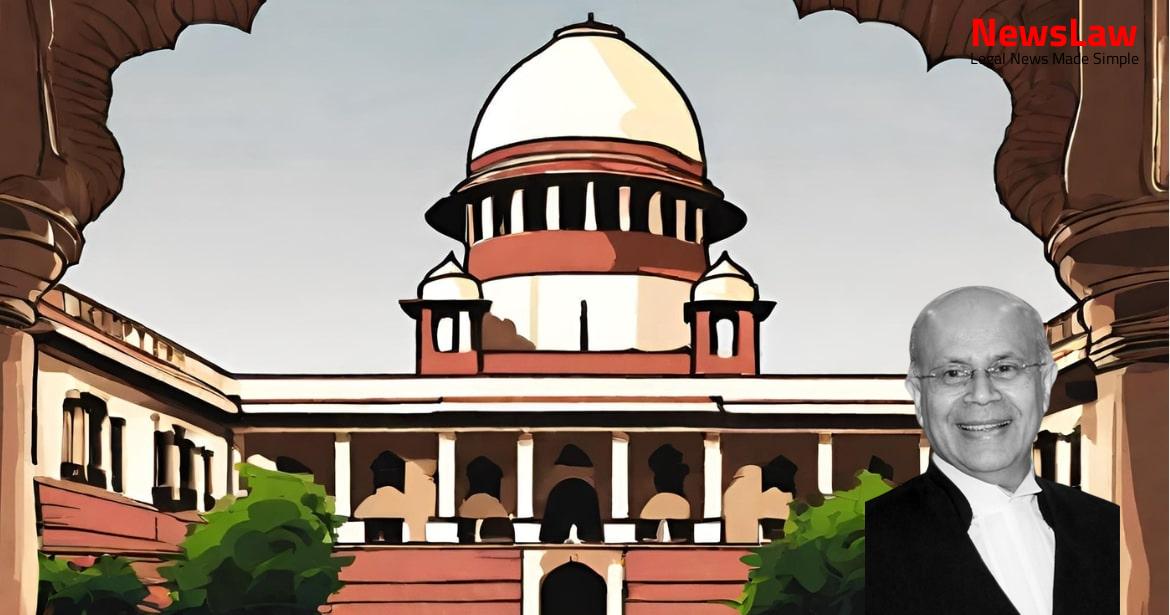In a significant legal development, the Supreme Court of India has delivered a verdict in the Land Dispute Assault Case, overturning the acquittal order by the High Court. The case involved an altercation stemming from a land dispute, leading to tragic consequences for the victims. The decision highlights the importance of scrutinizing evidence in cases of alleged unlawful assemblies, ensuring that justice is served. This landmark ruling sets a critical precedent for future similar cases.
Facts
- The High Court analyzed the evidence and found inconsistencies in the prosecution’s case against RLC
- RLC’s counsel argued that there was no evidence to prove RLC’s involvement in the crimes
- The High Court noted that there was a lack of reliable evidence connecting RLC to the alleged offenses
- RLC’s acquittal was based on the lack of concrete evidence linking RLC to the crimes charged
- Two persons, Mahendra Singh and Lokesh, father and son respectively, were deceased in the assault.
- PW-1, Smt. Mahendri, wife of deceased Mahendra Singh, is an injured eye witness.
- PW-3, the wife of deceased Lokesh, is also an eye witness.
- Five persons were originally accused, one of them deceased during the trial.
- The three accused, armed with spade, iron rod, and country-made pistol respectively, were involved in the assault.
- The allegations of assault by the accused are specific.
- The occurrence was fueled by enmity due to a land dispute, an admitted fact.
- The assault took place on 10.01.2002 at about 4.30 PM.
- High Court opinions on the number of injuries on the deceased and the injured were not commensurate with the nature of weapons possessed by the accused.
- Mr. Ravindra Kumar Raizada, learned counsel for the appellant, contended that the High Court erred in setting aside a well-considered order of conviction.
Also Read: Land Sale Dispute Resolution: Supreme Court’s Judgment
Arguments
- Mr. Ankul Chandra Pradhan, representing the respondents, argued that the High Court’s acquittal order is justified and well-reasoned.
- He pointed out a discrepancy between the ocular and medical evidence, which he believes supports the acquittal decision.
Also Read: Expanding the Notional Extension Theory: A Legal Analysis
Analysis
- The charge was under Section 302 read with 149, Section 307 read with 149.
- Eleven injuries found on deceased Lokesh were capable of being caused by the weapons like spade, sword, and tabbal.
- Discrediting the prosecution’s case based on the weapons used is contrary to criminal jurisprudence principles.
- The common object of the assembly was evident from their conduct of chasing and assaulting Lokesh despite intervention.
- In cases of mob assault, looking for corroboration of each injury is not necessary when there is reliable ocular evidence.
- Presence of accused with a weapon chasing the deceased establishes vicarious liability as a member of an unlawful assembly.
- The assembly consisted of at least five persons fully armed with a shared common object specified in Section 141 of IPC.
- Overt act is not necessary to prove membership of an unlawful assembly.
- The accused were aware that the assembly was unlawful and likely to commit illegal acts.
- The common object is the purpose shared by all the members of the assembly.
- Acquittal may not be interfered with if two views are possible.
- The manner of occurrence and the number of injuries indicated that there were multiple assailants involved.
- It is highly likely that there were at least five assailants based on the injuries inflicted.
- One accused fired at Lokesh, causing him to fall before being assaulted by others.
- The accused were armed and chased Lokesh, entering his house and assaulting him even when Mahendra and another tried to intervene.
- The common object of an assembly is determined from the acts and language of its members and surrounding circumstances.
- The accused were well armed and conducted themselves in a manner indicating an unlawful assembly.
- The original accused were armed with various weapons, signifying their intent as an unlawful assembly.
- Determining the common object of an unlawful assembly is a factual inquiry based on the nature of the assembly, weapons carried, and behavior of its members.
- Sharing of the common object is a mental attitude inferred from a person’s actions and the resulting consequences.
- Once the court finds that certain accused formed an unlawful assembly and an offense is committed by any member in prosecution of the common object, all members of that assembly are guilty.
- The actual offender within the assembly does not need to be identified or proven by the prosecution.
- Minor variations between medical and ocular evidence do not discredit injured witnesses and eyewitnesses.
- If the trial court’s acquittal is based on unwarranted assumptions and erroneous appreciation of evidence leading to a miscarriage of justice, the High Court can rightfully interfere in the case.
Also Read: Analysis of Intent in Fatal Assault Case
Decision
- Order of acquittal of Original Name 1 and Original Name 2 is set aside.
- Original Name 1 and Original Name 2 are directed to surrender within four weeks.
- They are to serve out the remaining period of their sentence.
- The appeal has been allowed.
Case Title: STATE OF UP Vs. RAVINDRA @ BABLOO
Case Number: Crl.A. No.-001887-001887 / 2019



